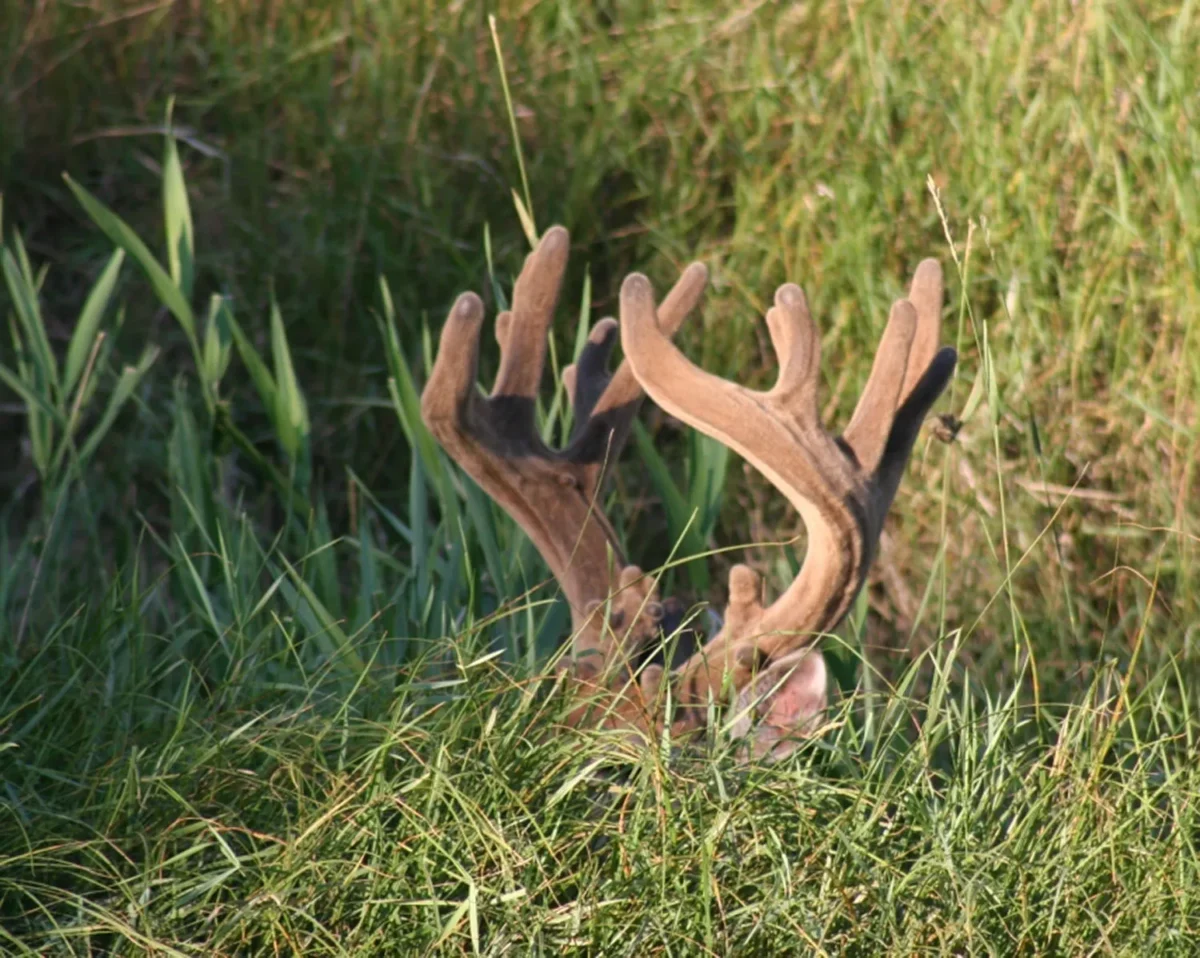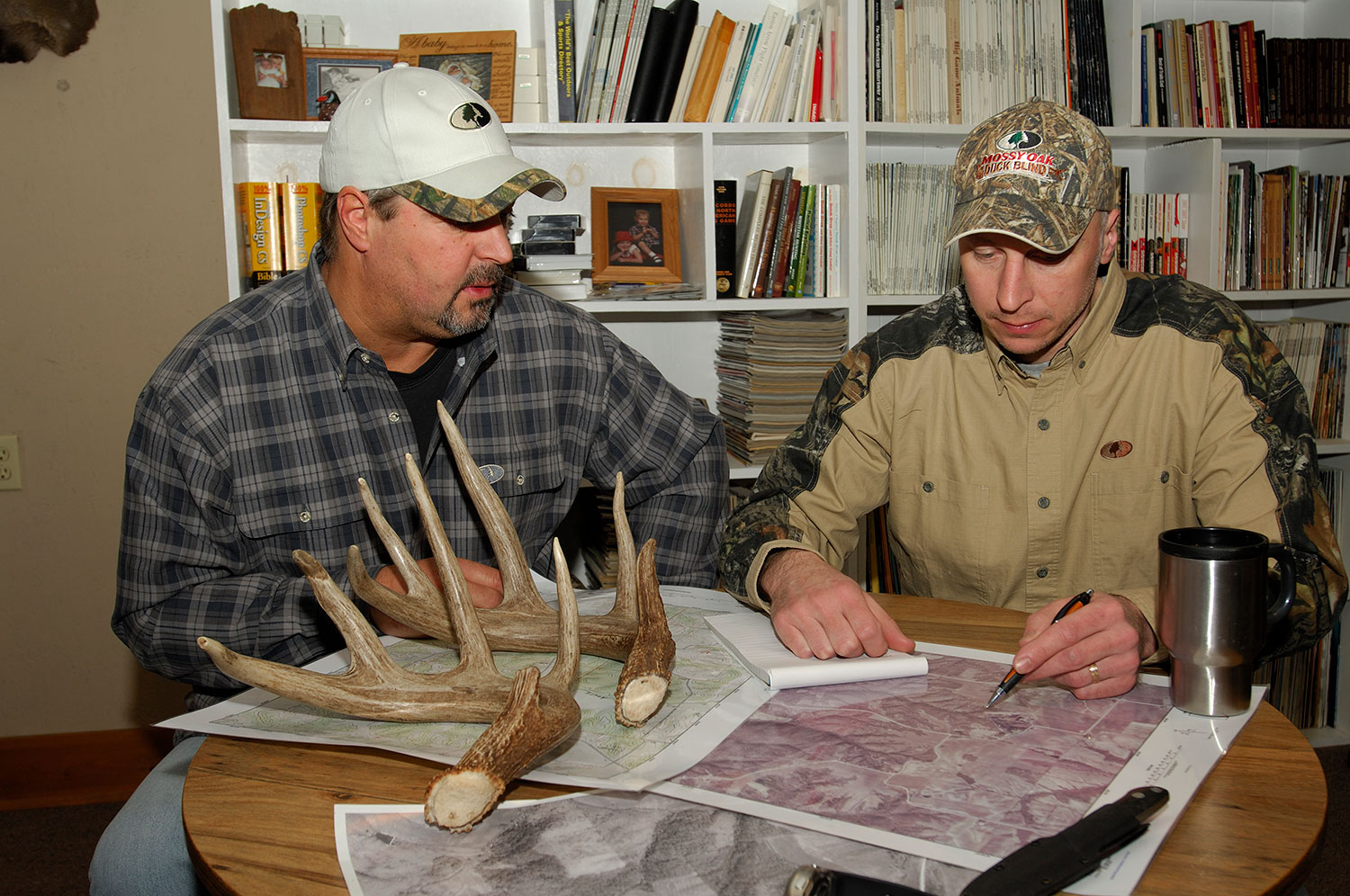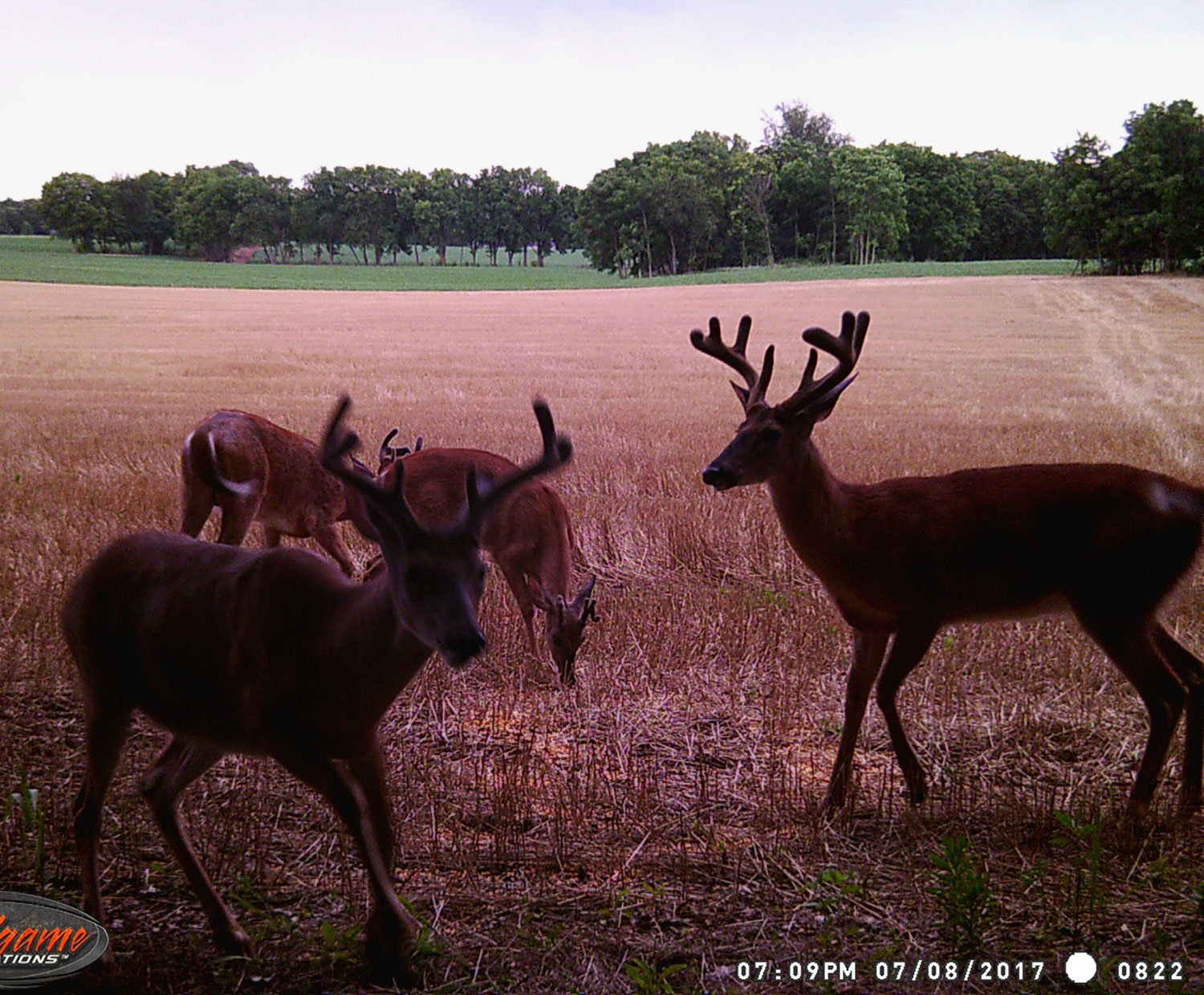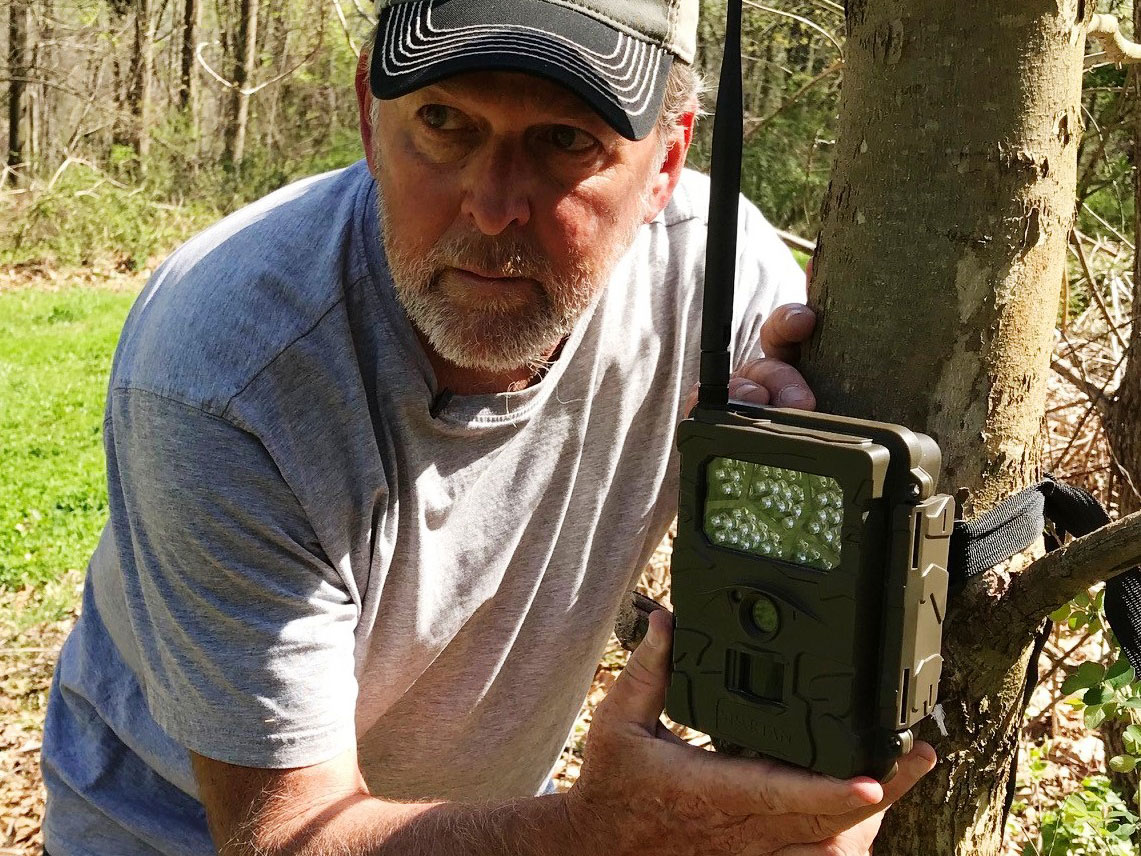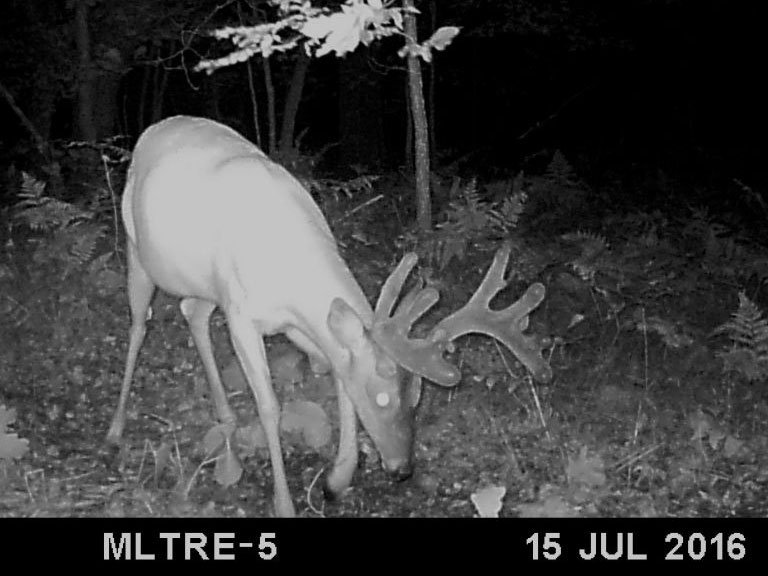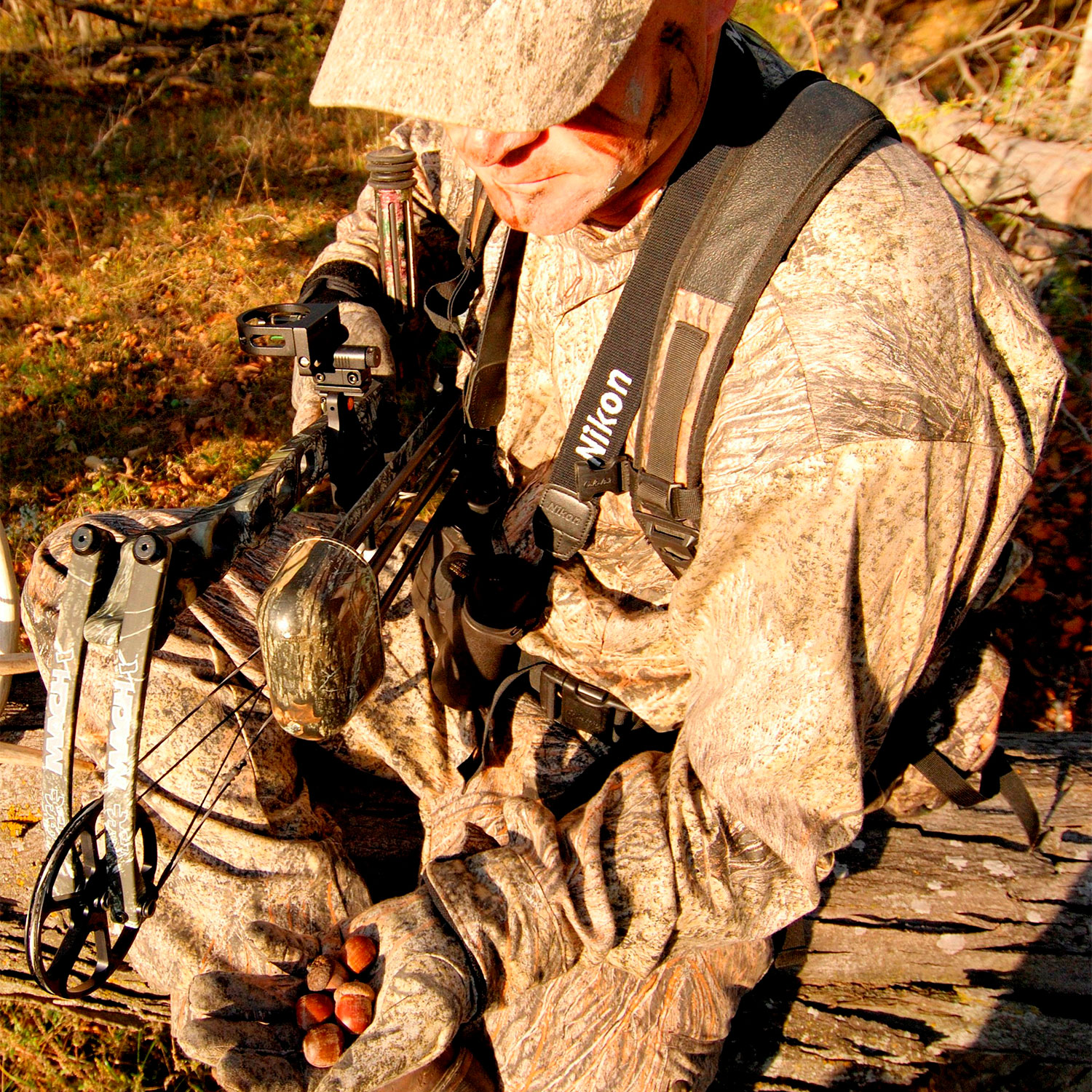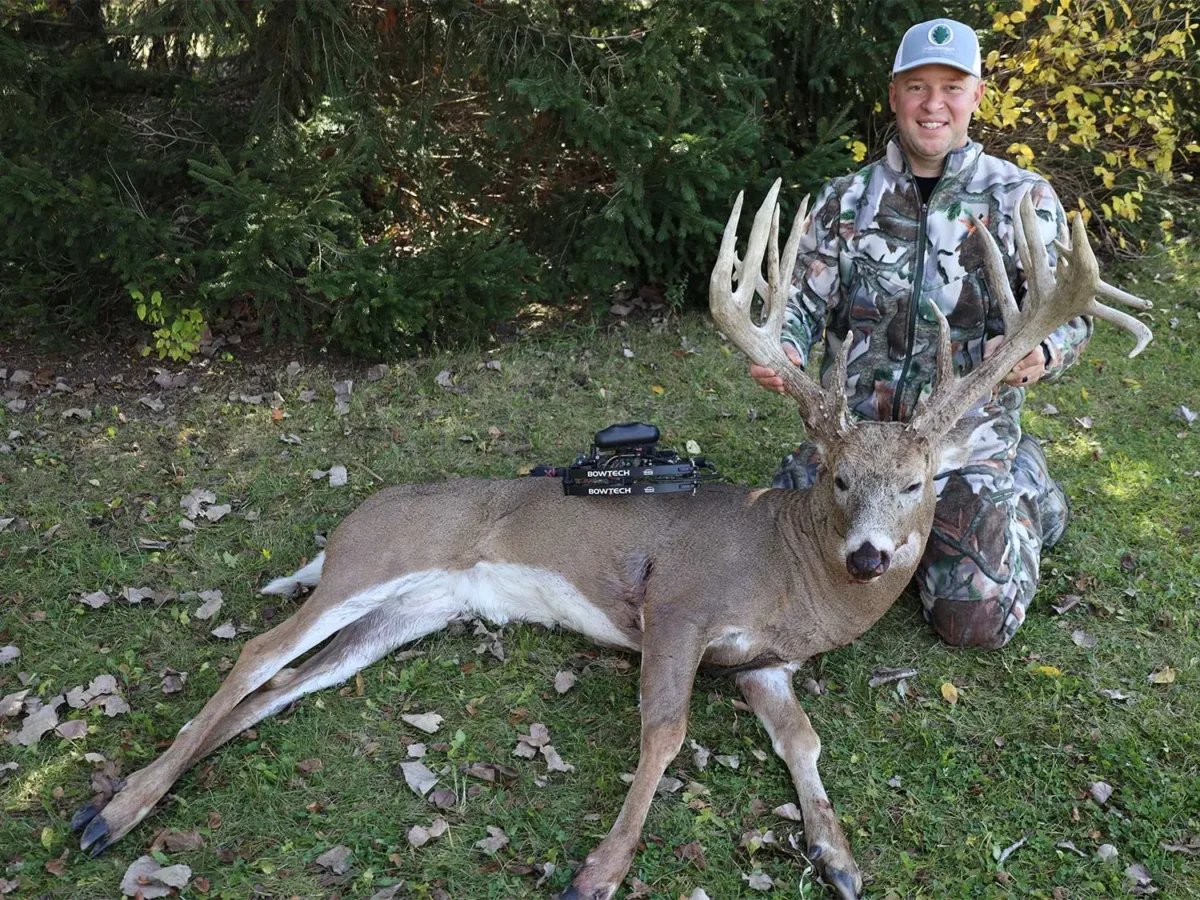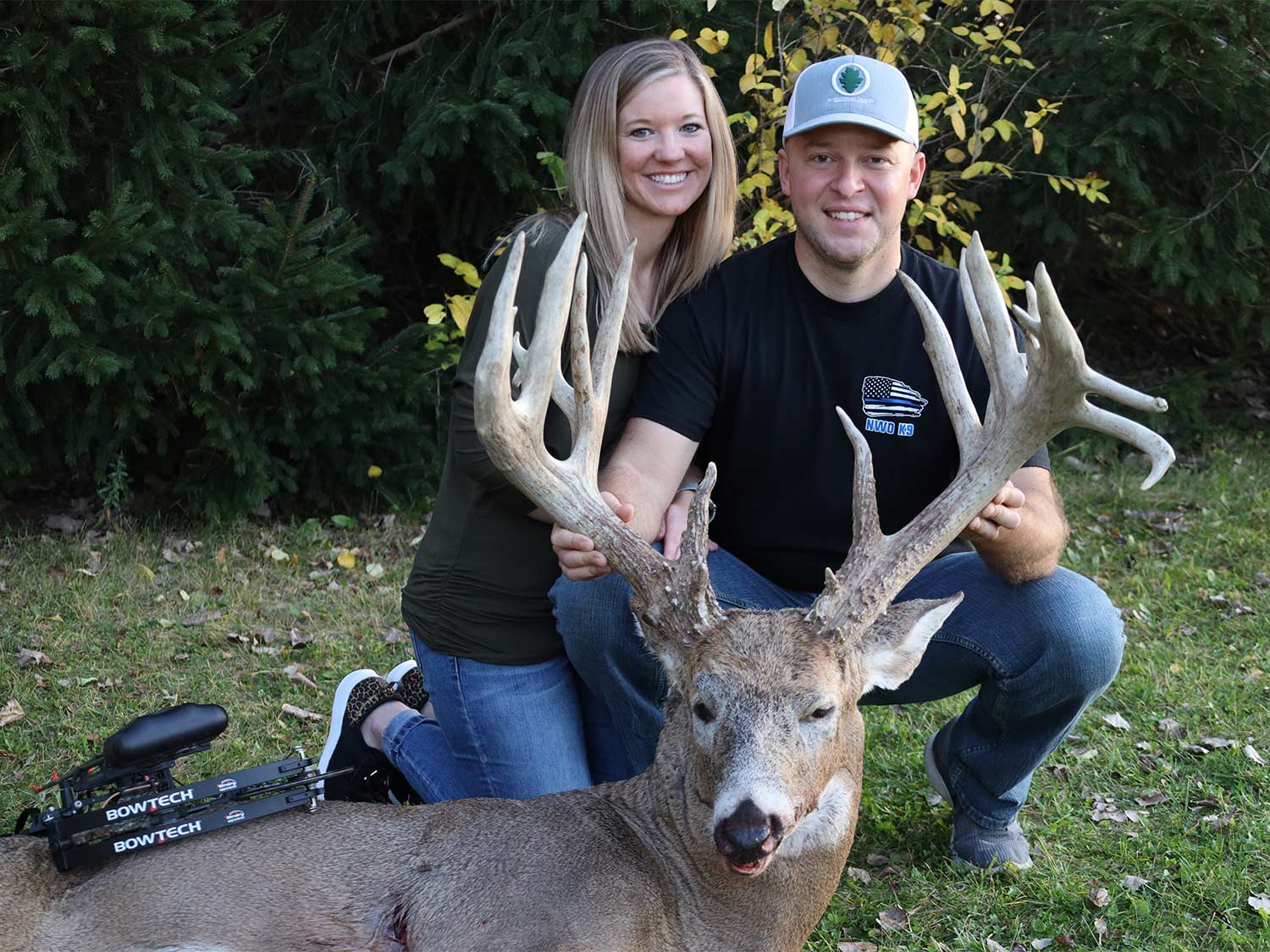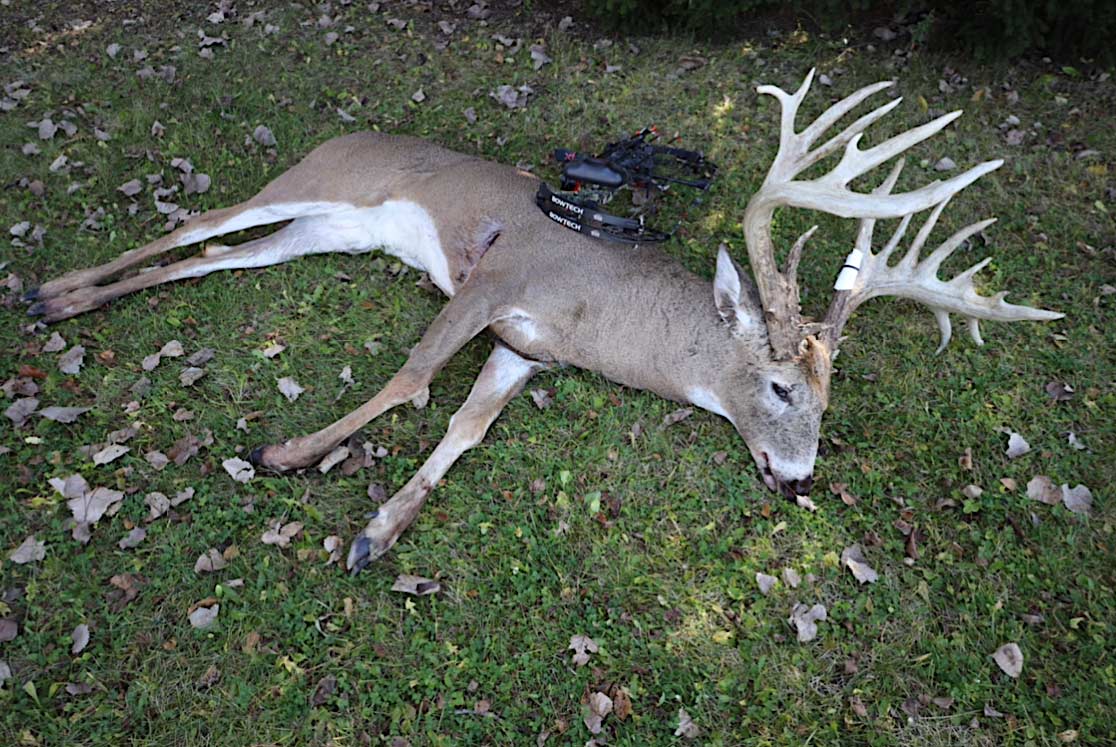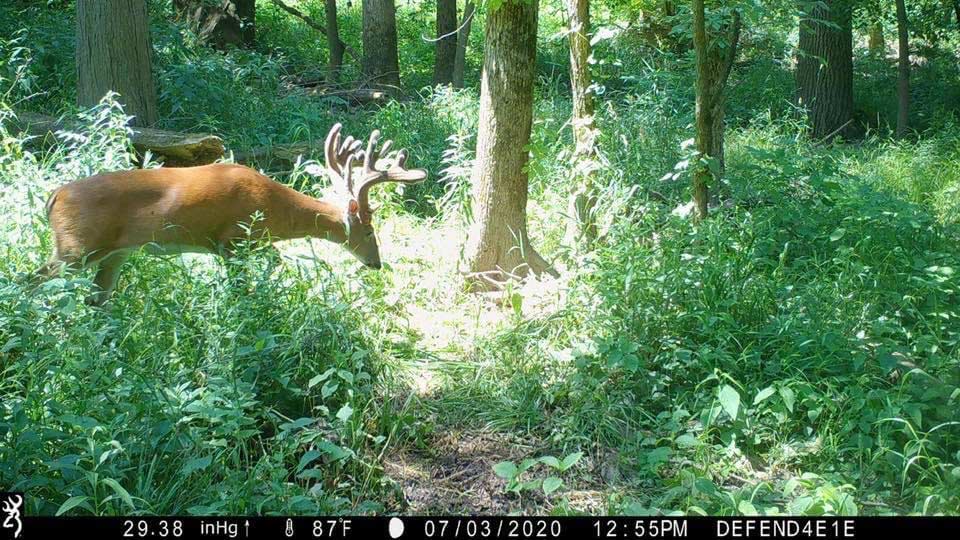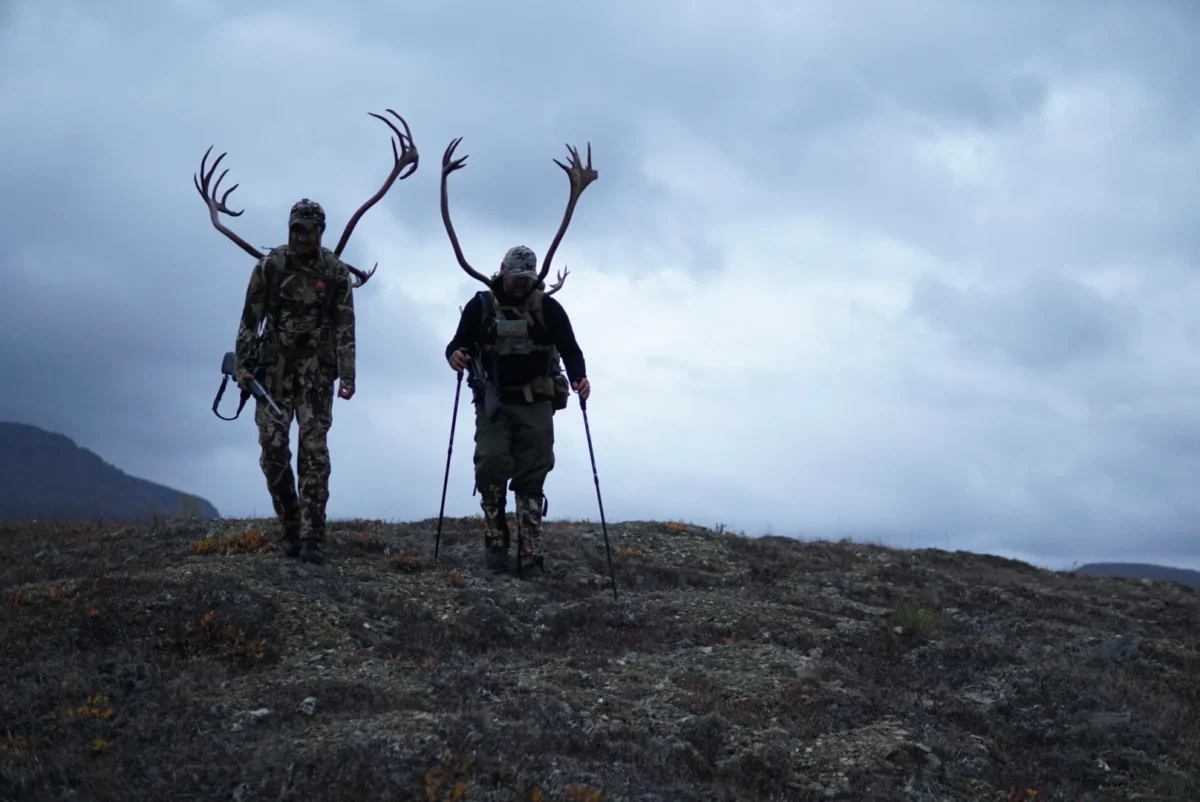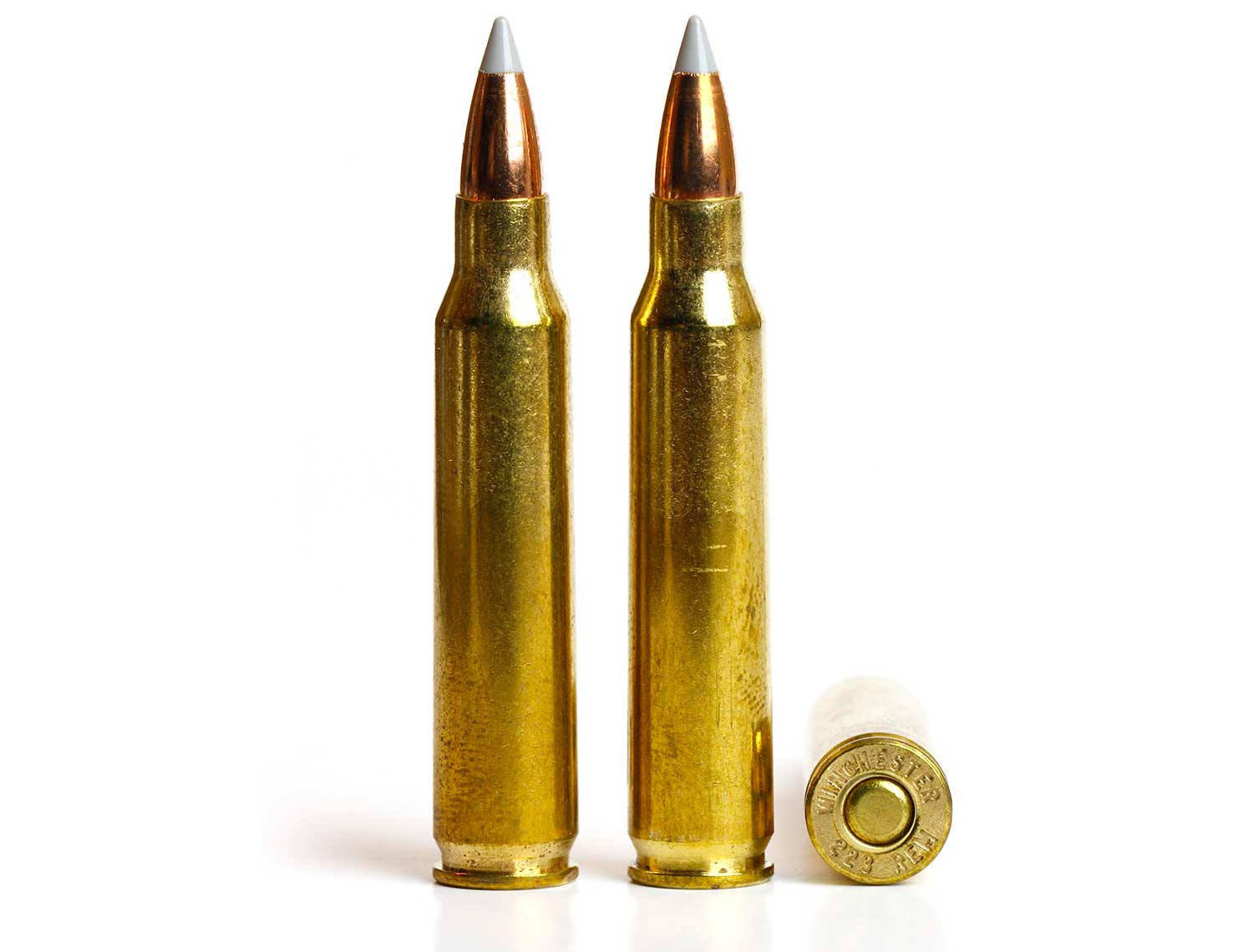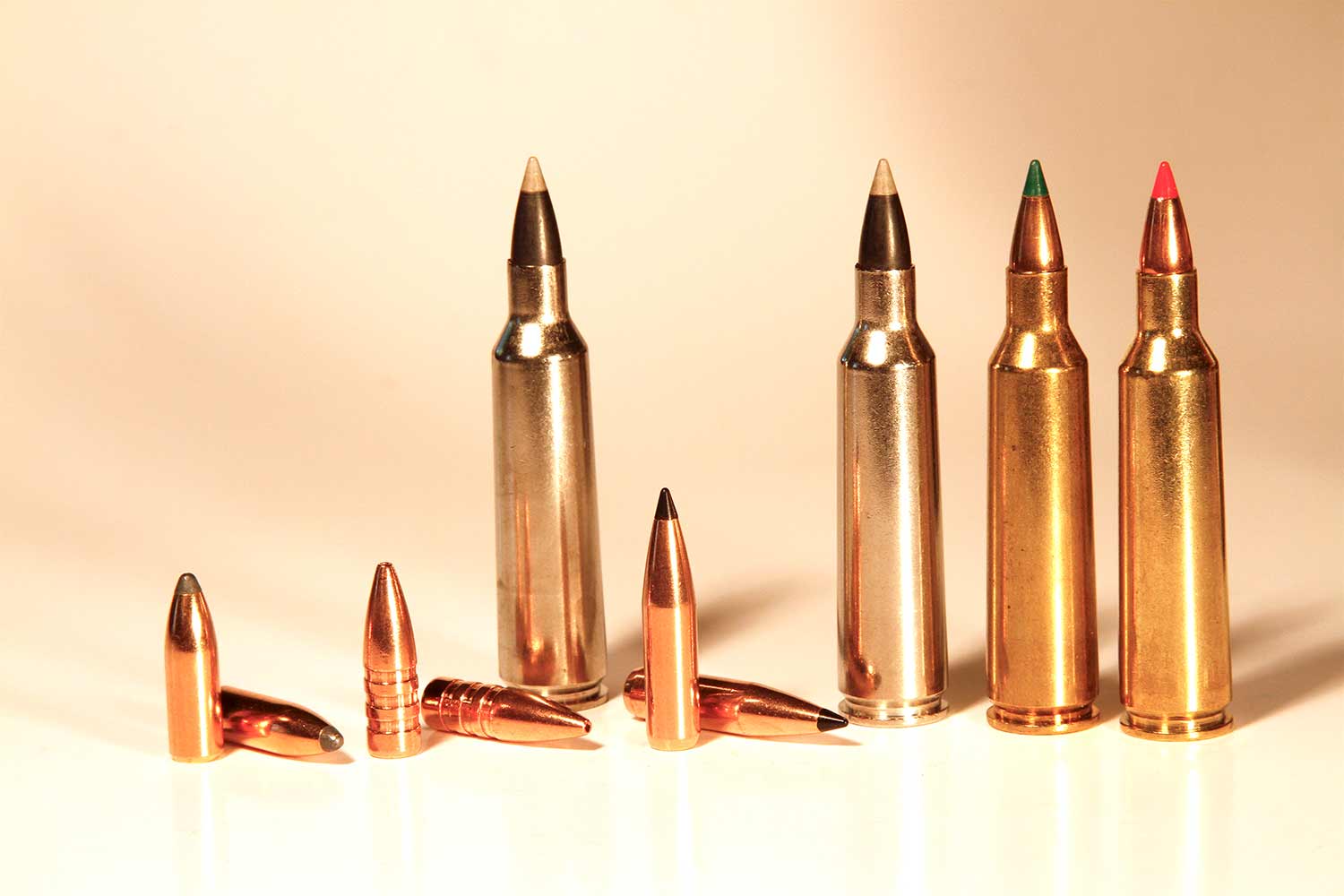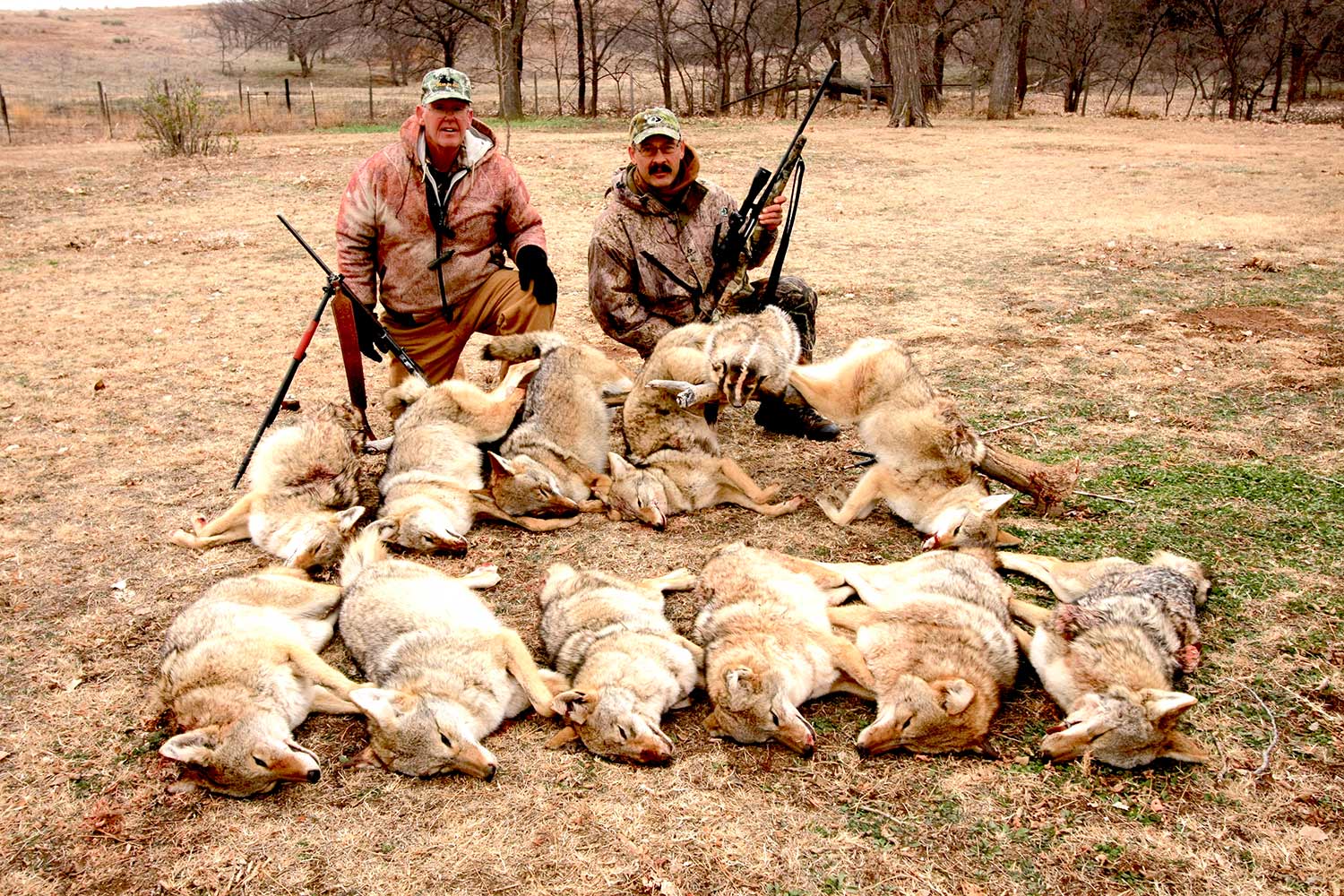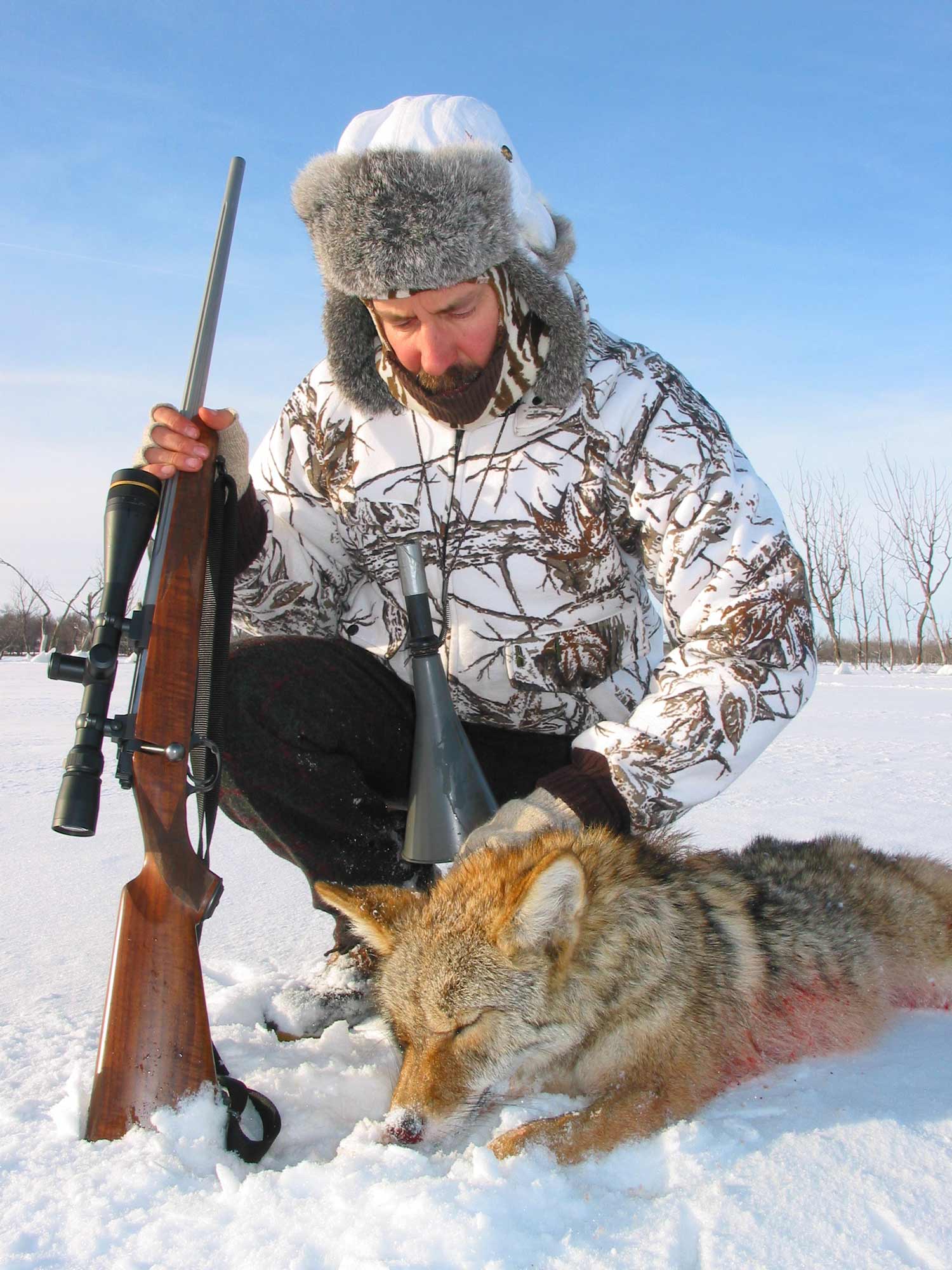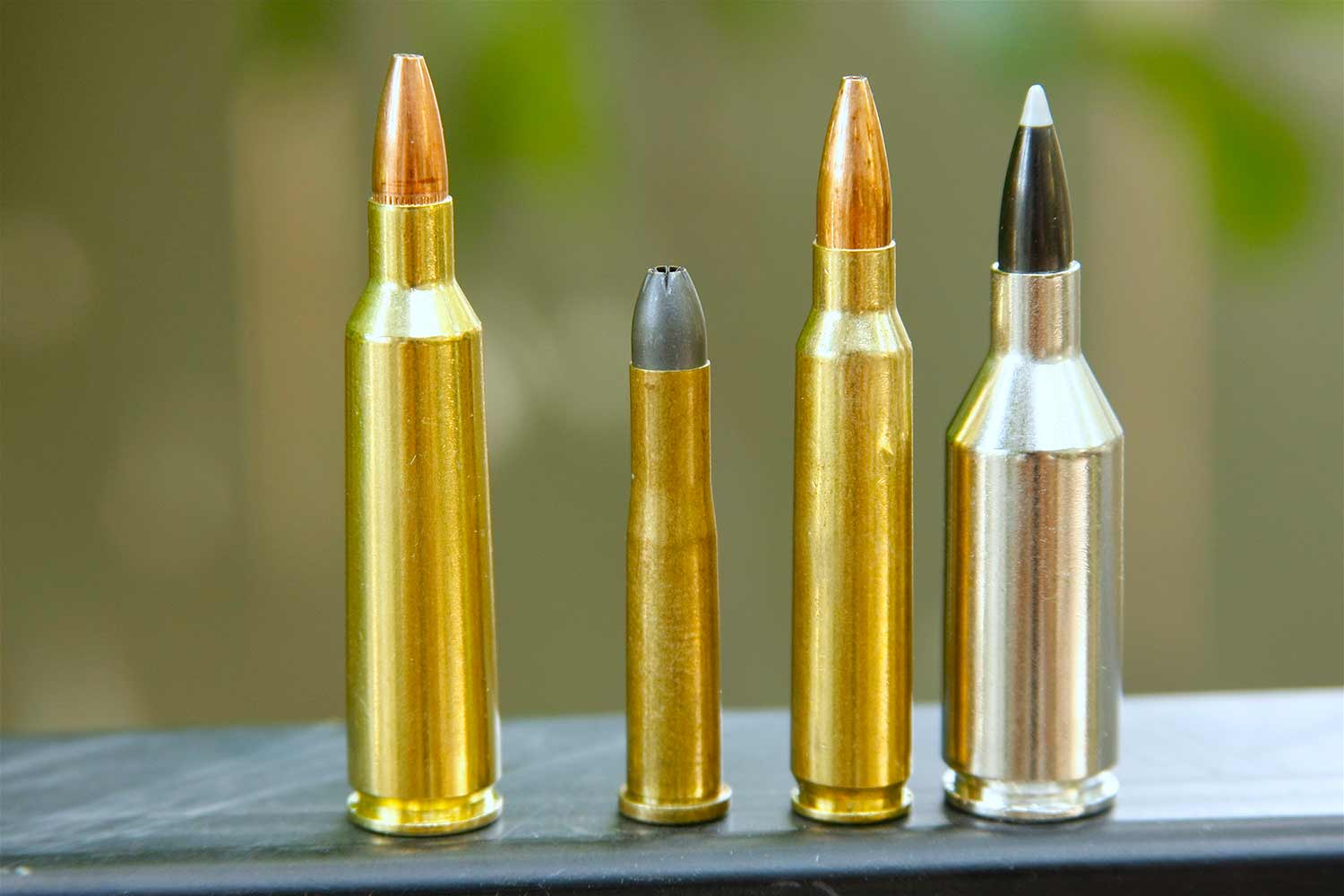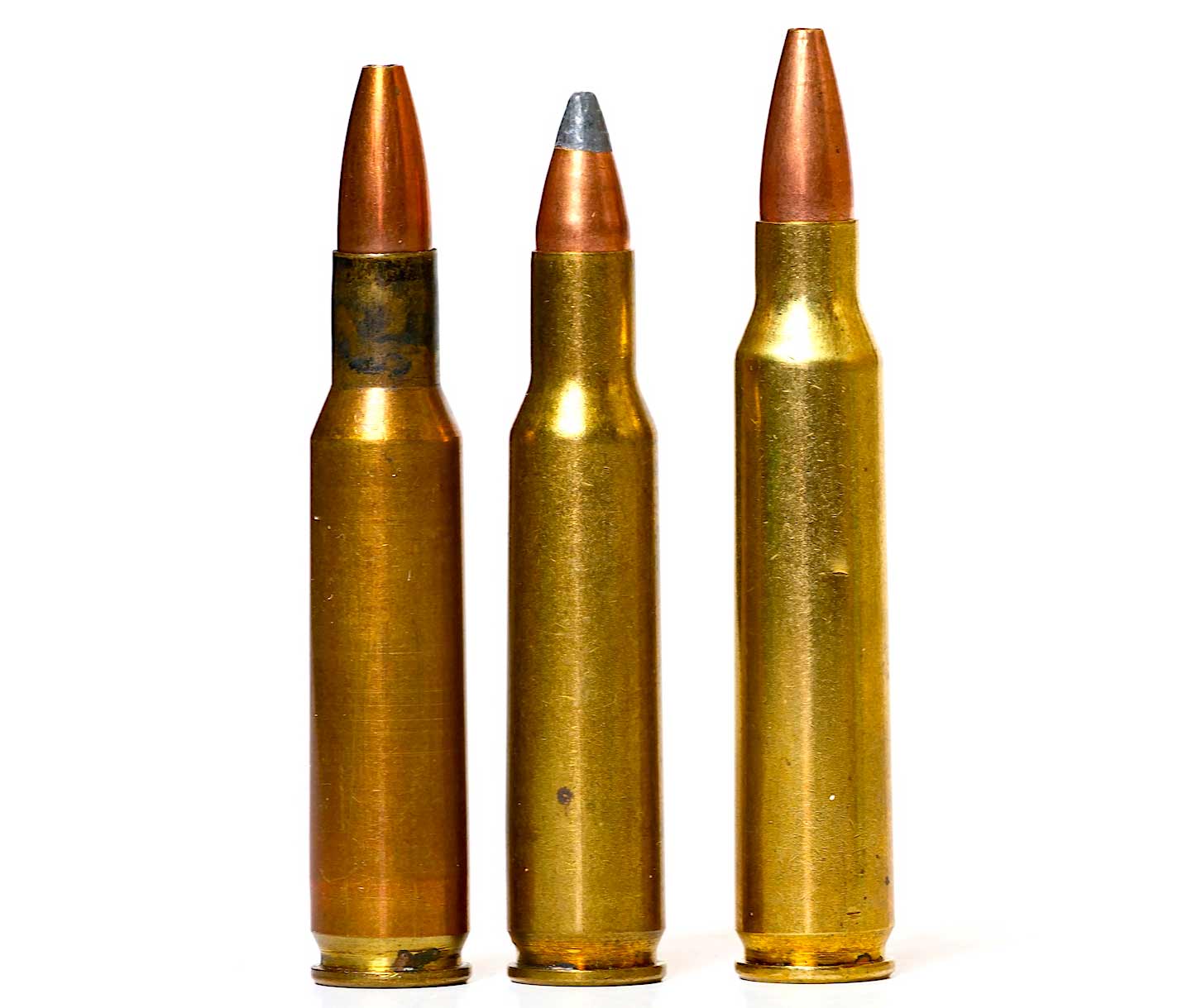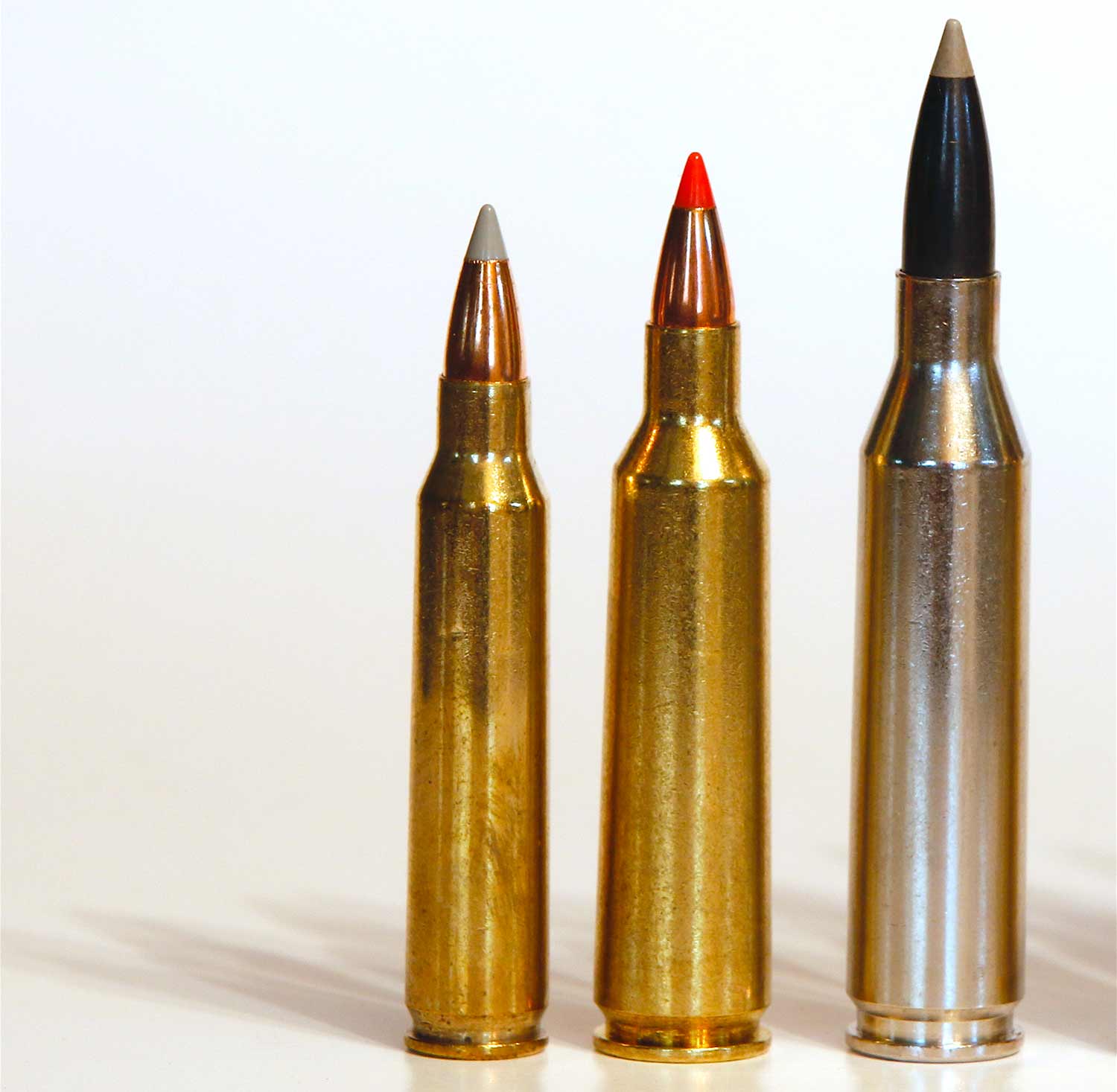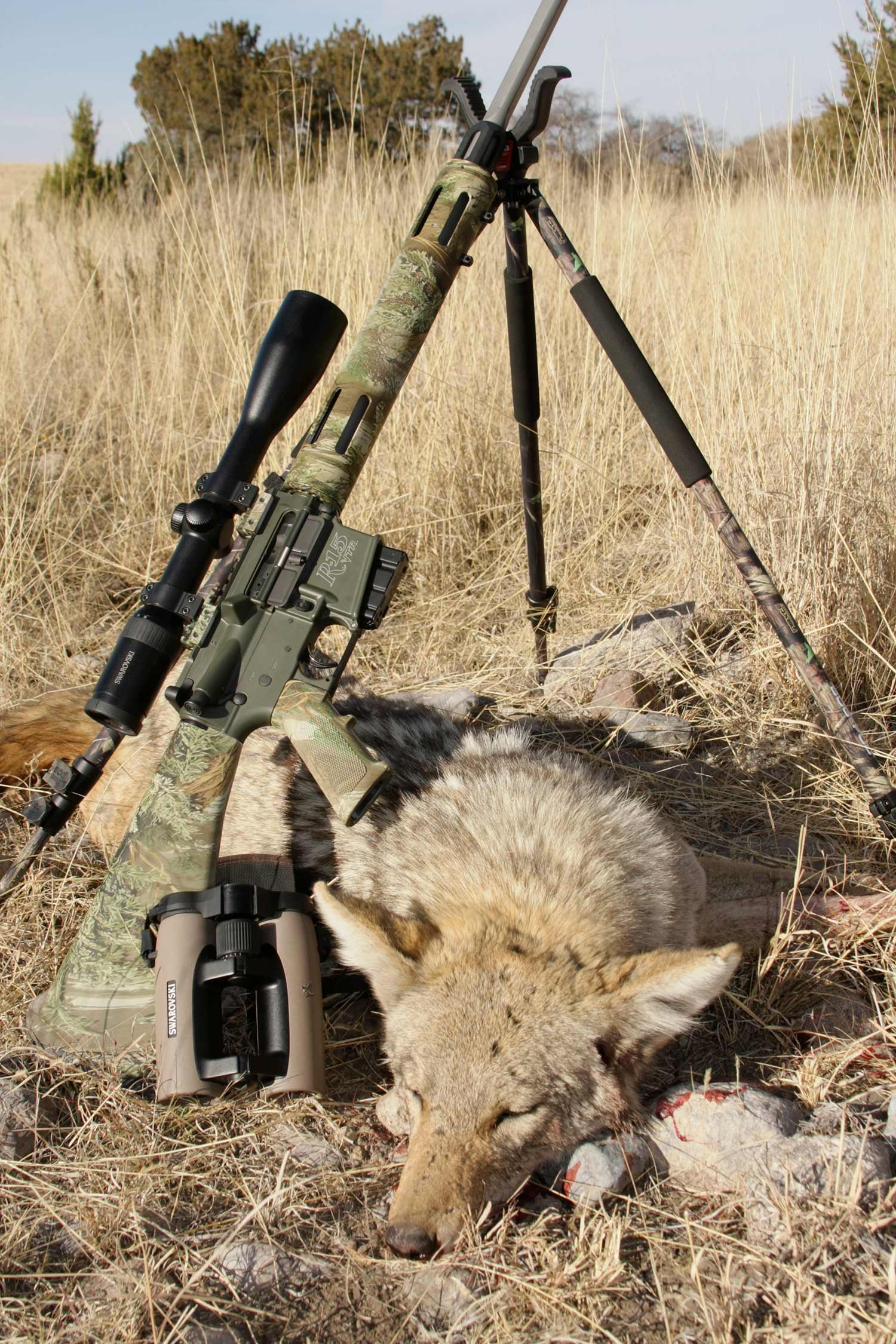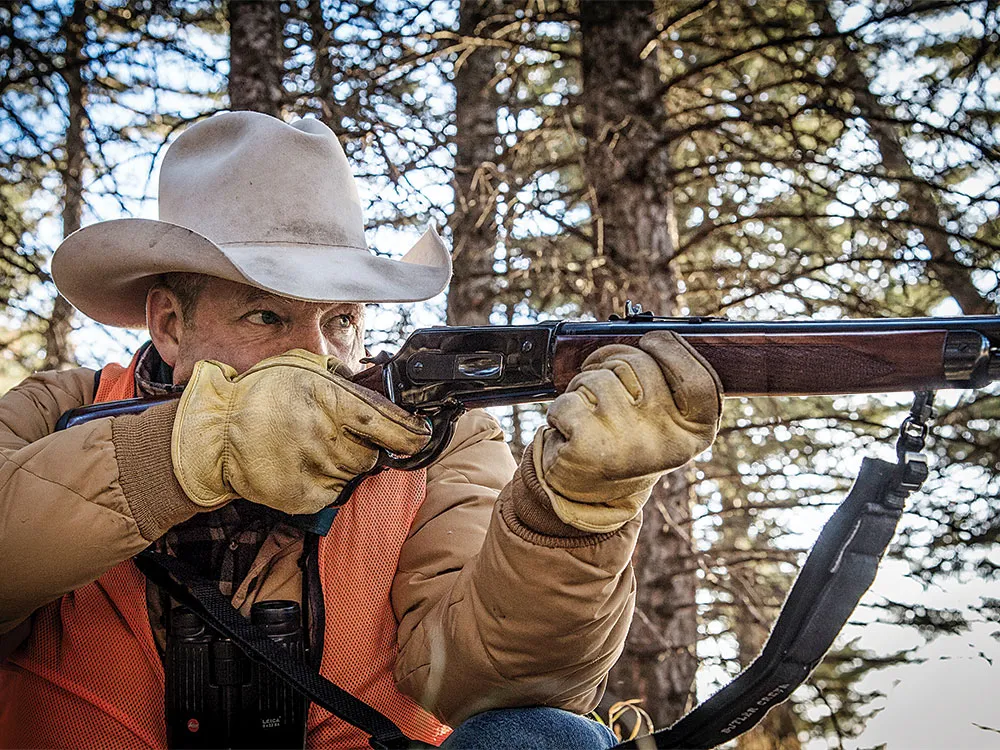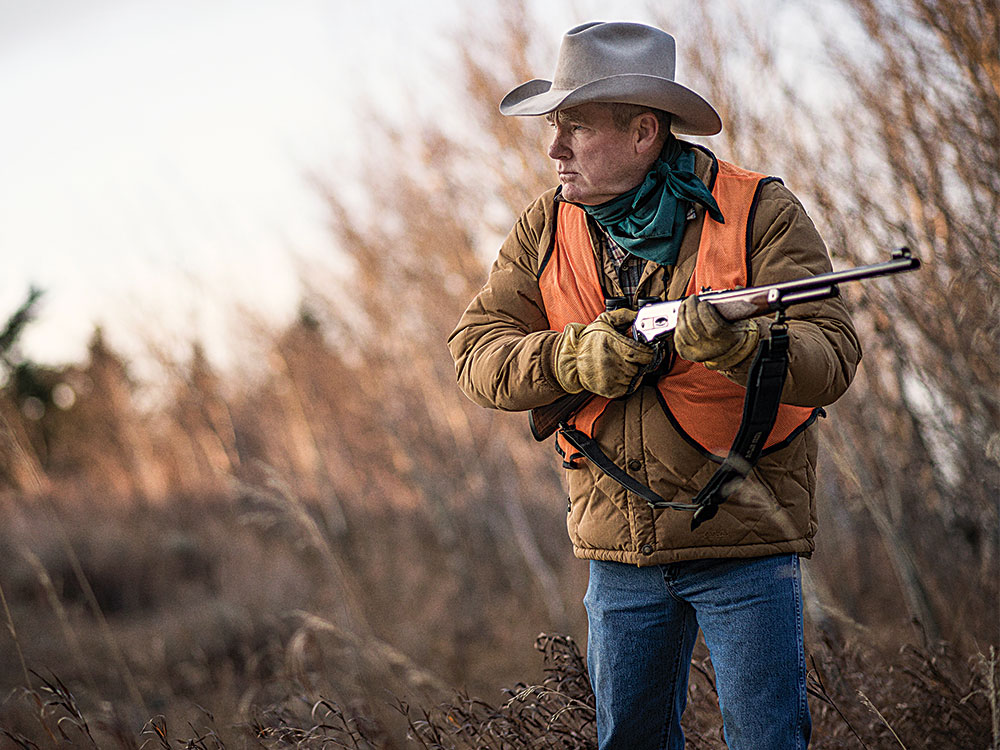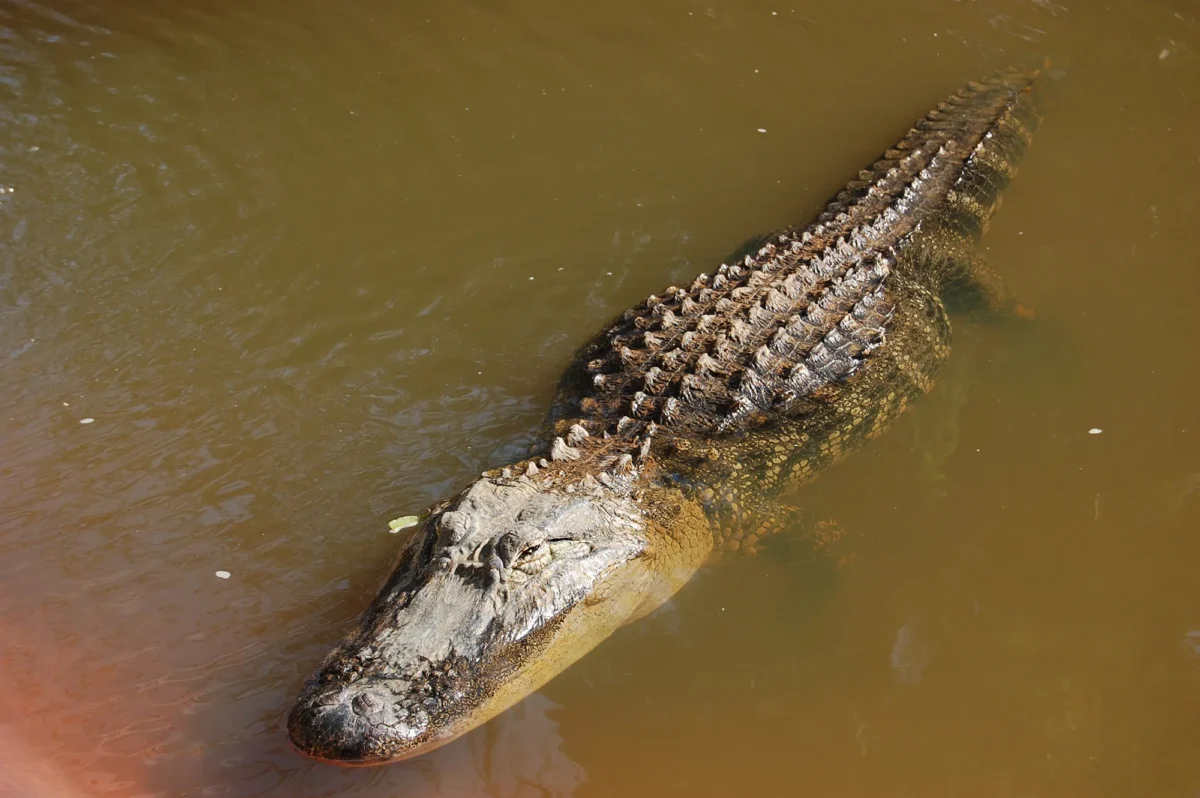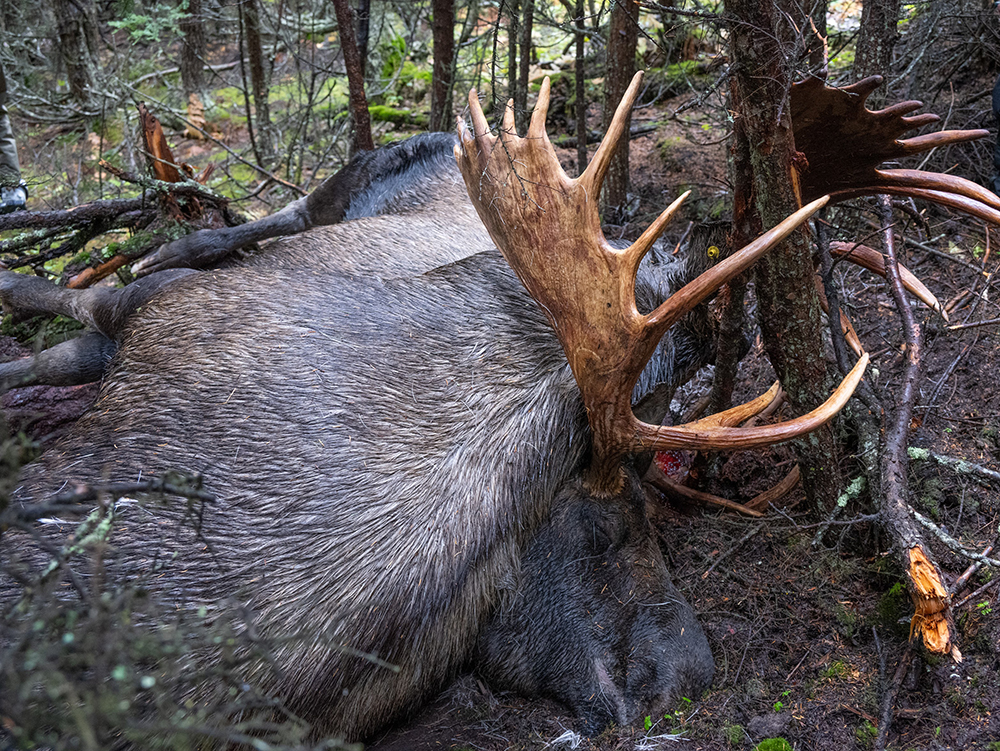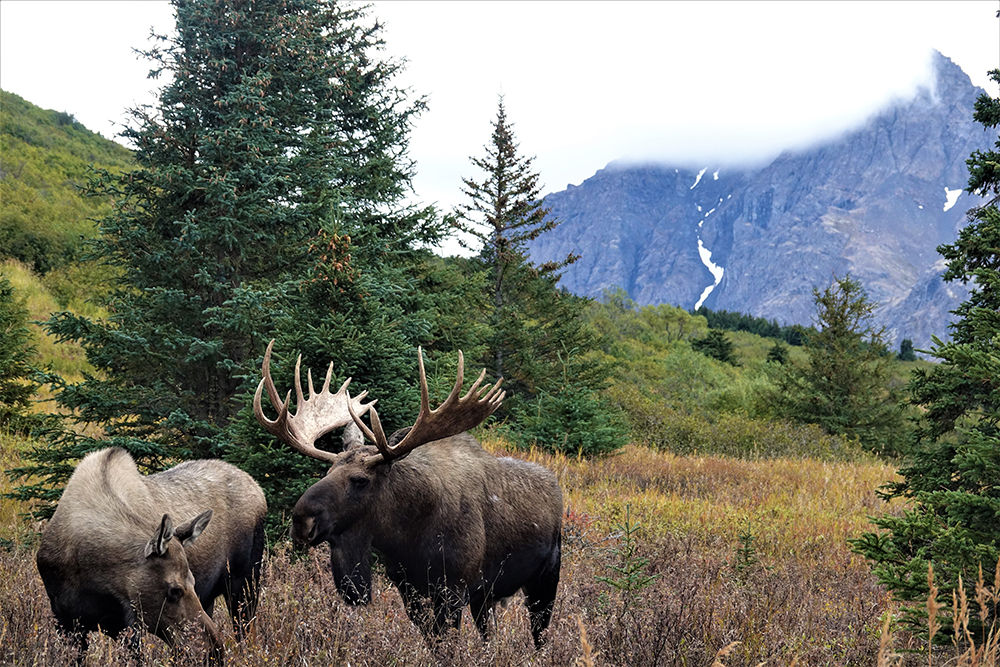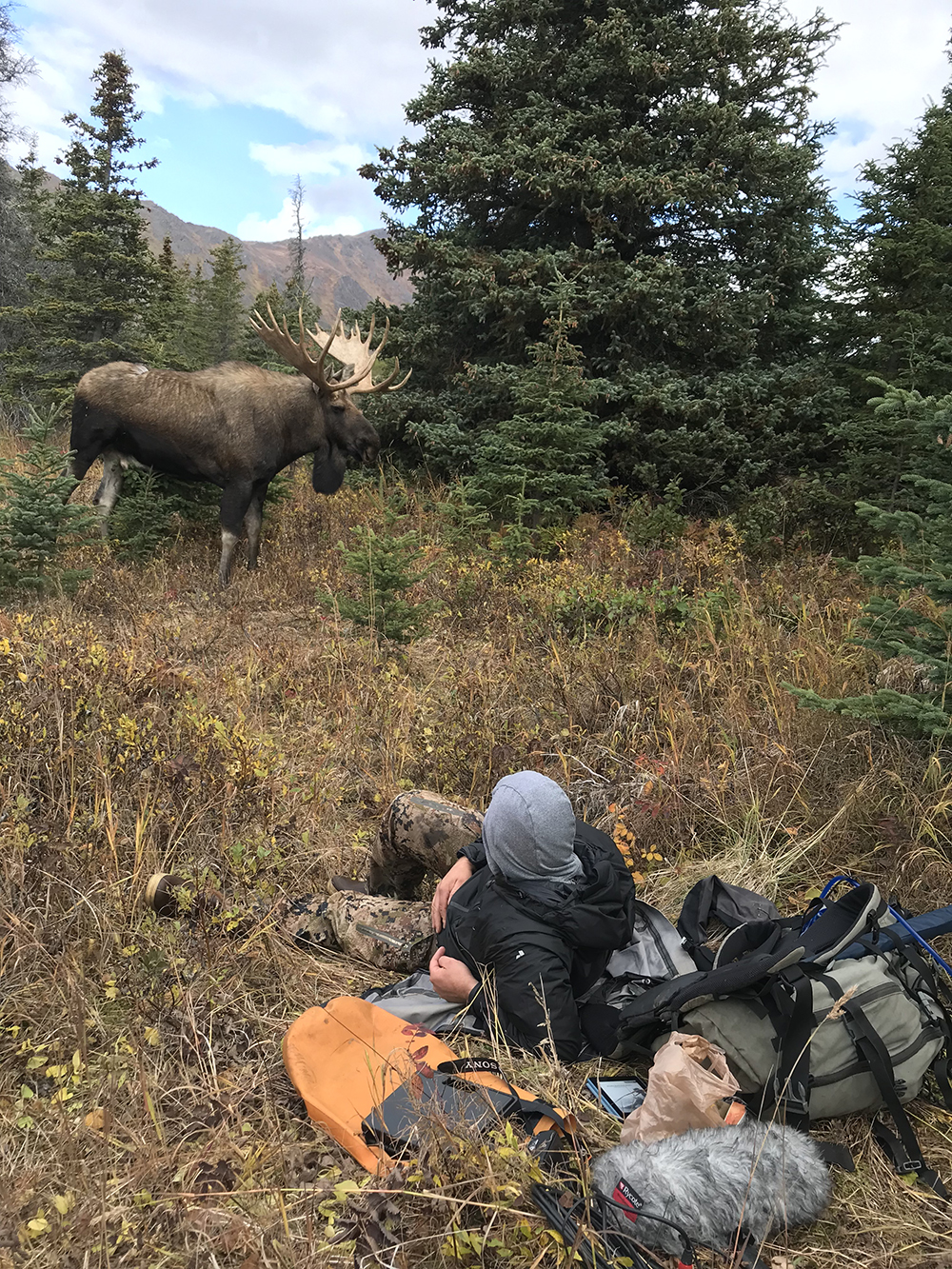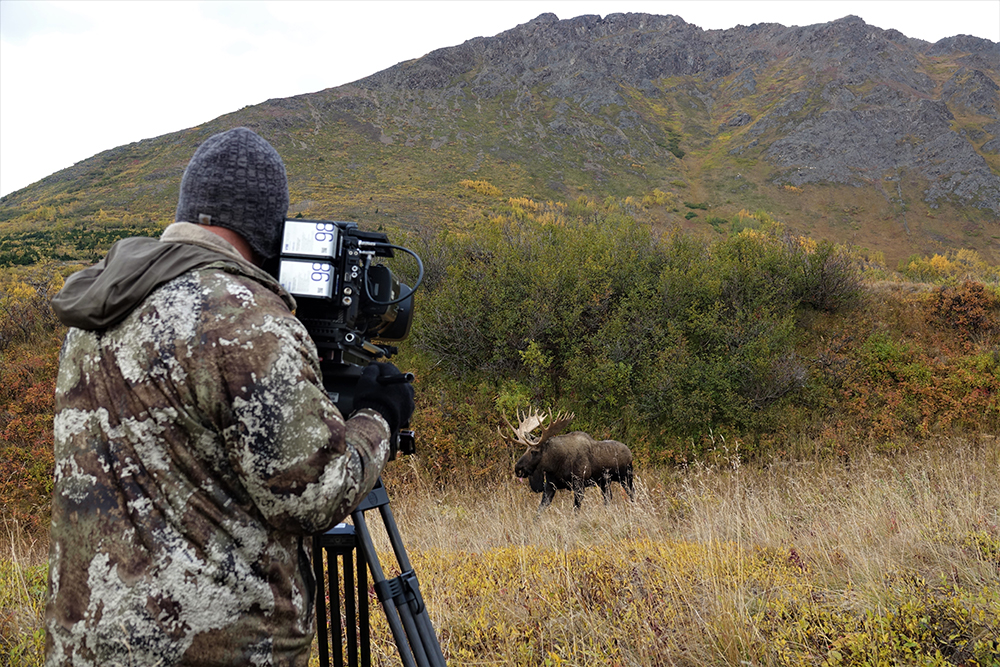“With my name and my success, guys just figured I was lucky,” says O’Shea, who farms and ranches east of Edmonton in the part of the province where rolling grain fields transition to the bush, the local term for the fingers of aspen and poplar that dominate the landscape as you go north. “I’ve taken some nice animals over the years, but to my testament, I probably hunt and think about hunting 100 times more than anybody I know. When I watch TV, it’s about hunting. When I read, it’s about hunting. When I go to church, I’m praying for my family and for the chance to kill bigger bucks and bulls.”
O’Shea’s benedictions must have been received, because the 55-year-old Albertan holds the new world record for non-typical elk. The 449 4/8-inch bull, shot in September on land O’Shea has hunted since he was a boy, has been certified by the Pope and Young Club as the largest non-typical elk ever taken by a bowhunter.
But tagging that elk was the product of anything but luck. Instead, O’Shea’s harvest of the 9×9 bull with crowns of nontypical points is the result of generations of his family living on productive land, learning how to hunt it, and days and hours spent in the presence of the elk herd that produced the remarkable specimen.
“I guess you can say we’ve had a long-term relationship with those elk,” says O’Shea, whose achievement will be officially recognized by Pope & Young at its July convention in Reno, Nevada. “I know every square inch of that area because I’ve hunted it for my lifetime. I’ve been hunting it so long that I can remember the first time I saw elk show up,” more than 30 years ago.
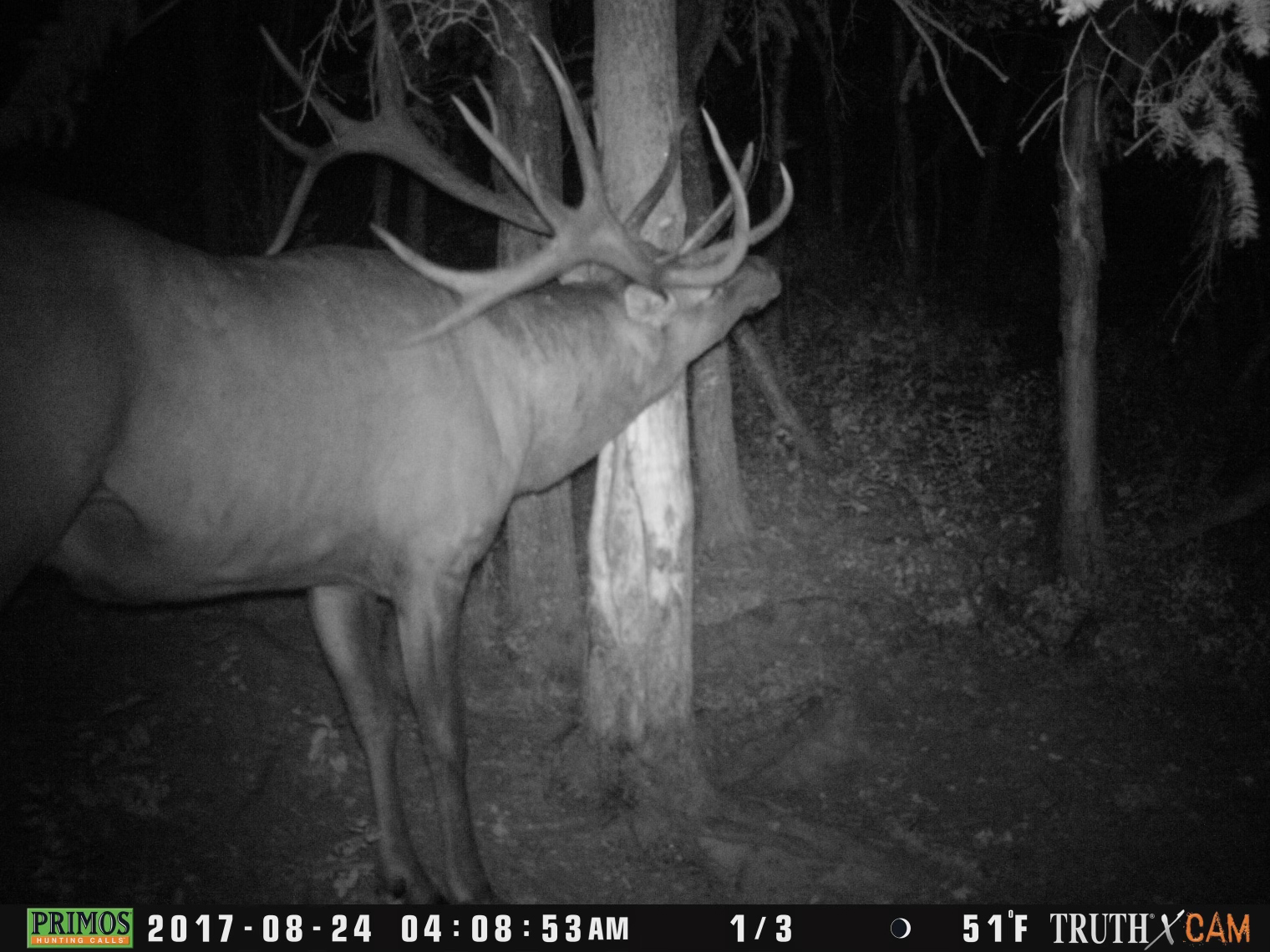
“Honestly, I couldn’t give a care about the score, but I had him scored and went through the process of entering him because I knew he was a special animal,” says O’Shea. “A little more special than most, I guess you’d say. He’s just an incredible animal, and I wanted to recognize and respect him. He grew those antlers. I’m just the jerk who shot him.”
But O’Shea is also protective of the place that grew him. The farmer/rancher hunts with his four boys, and while most of the ground they hunt is private, there is enough provincial (crown) land and various Ducks Unlimited conservation properties open to public hunting that they don’t want to draw a crowd of trophy-seekers.
“It pays to be under the radar,” says O’Shea. “My four boys all hunt with me. My boys killed their first elk when they were 12 years old, with rifles, though they are now in their 20s and are pretty accomplished bowhunters. We don’t post anything on social media. This was the first animal that kinda got away from us. One of the first photos escaped and little by little people started finding out about it.”
What they discovered was the sort of story that restores faith in the rewards of hard hunting, deep knowledge of a place, and a singular passion for bowhunting elk. They also discovered an almost mythical animal, a bull that displaced the previous world record by 7 4/8 inches and which had spent its life in a few rural townships of central Alberta’s wheat belt.
Prelude to the Hunt
Unbelievably, the O’Sheas had never laid eyes on the bull prior to Sept. 14. They had some tantalizing trail cam photos, and a handful of neighbors claimed they had seen an outsized bull running with a herd of cows and satellite bulls.
“Every trail cam picture we had of him was nocturnal,” says O’Shea. “There’s a single pine tree out in the bush, and pretty much every elk will go rub on that one tree, so I have a camera there. I have pictures of him rubbing on that tree, almost every night before the season opened.”
Alberta’s bow season runs the month of September, and O’Shea and his boys had prepared as usual. O’Shea still shoots the same Mathews Z7 compound that he bought new a decade ago. The original string is getting worn but is still serviceable. He shoots a dozen arrows every evening in the weeks leading up to the opener.
“I have five targets set up in my yard, and I’ll shoot from different angles and heights, kneeling and sitting, practicing a little bit of everything,” says O’Shea of his pre-season preparation. “For me, I’m confident out to 30 yards. Anything out past that for me, I don’t know. I’m not confident enough to shoot past that. Which ain’t much, I know. My boys, they’ll shoot out to 50 and beyond, and they shoot really good, but I have a hard time holding a 3-inch group out that far.”
Dialed in, the O’Shea boys targeted the big bull they had only seen on cameras from the opener. They hunted every day, starting in the morning with locator bugles, and then vectoring toward the deep bush where the elk go to bed in the mid-day heat. In the evenings, they’d set up in likely spots and hope to cow-call the bull into bow range. For two weeks, the big bull gave them the slip.
“We couldn’t get close to him those first 14 days,” says O’Shea. “He had cows with him, and we’d bust them” or the wind was wrong, or the herd would move out of cover before they could get set up. “The bush right there is pretty thick. Historically, it’s a good area for whitetails, just a tangle of aspen and poplar and underbrush. When they tuck in there in the daytime, it’s hard to work in on them.”
Read Next: 11 Ways to Start Preparing for Your Fall Elk Hunt in the Offseason
But on Sept. 13, they finally had a close encounter. The big bull was bugling in the brush, and as the O’Sheas triangulated in on the sound, another bull bugled, and then they heard crashing, “like two bulls really going at it.” They pulled out, but were back in the spot at daybreak.
“We tried some locator bugles, but all was quiet,” says O’Shea. “We didn’t know where he was. Usually we can get them to respond in the mornings and figure out a plan from there, but there was nothing. So that night, we went back where we had last heard him.”
O’Shea and one of his sons split up. O’Shea headed for a homemade ground blind that he had constructed out of deadfall limbs years earlier, and which he often used for whitetails. It was set up on a slope, on the edge of a clearing along a well-used trail.
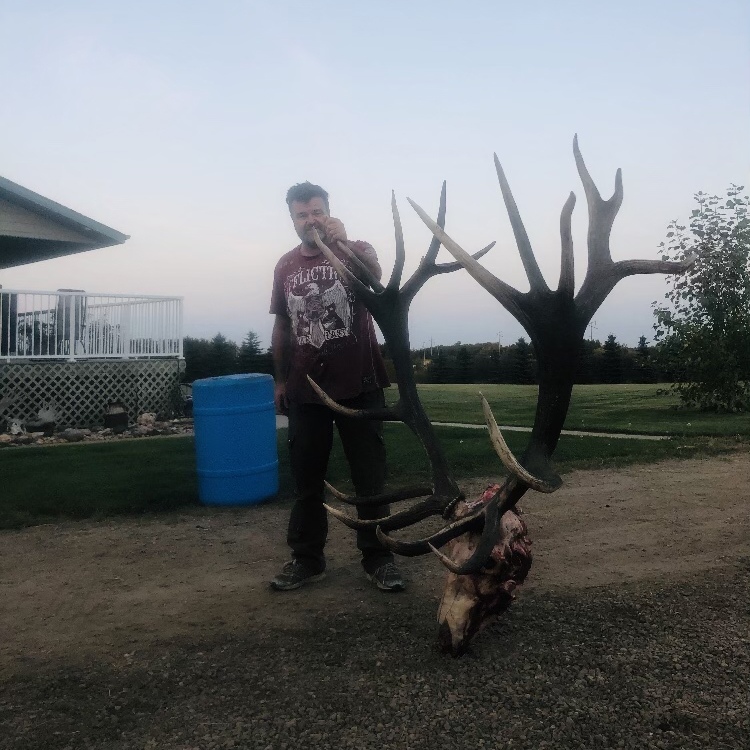
The Bull Appears
“It’s an area I know the elk use, and I figured it was just as good a spot as any to set up for the night, so that’s what I did. I tried some locator bugling, but there was not a peep. I was in my blind for maybe 10 minutes when I heard something to my left—upwind. There’s a little clearing and I saw him standing there, just staring forward in the clearing, like he was studying what to do next. The minute I saw him, my heart raced out of my head. He stood there for maybe five minutes. I couldn’t even move because he would have seen me. But the wind was right so I didn’t have to worry, and as long as he didn’t detect movement, I was good. He was 18 yards, ish. I was shaking when he first came out, but he stood there so long that I was able to gain my composure. I never looked at his horns. I knew what he was. I just looked at his body and focused on the shot. I concentrated on that crease, and when he turned slightly quartering away, I was able to draw, let a little chirp out, and let the arrow go.”
“The minute I saw him, my heart raced out of my head.
The shot looked good, and more importantly, it sounded good. The bull bounded away into the bush.
“It was probably 45 minutes to dark. He took off, and I just backed out and regrouped with my boy and called another of my boys. We got back in there and got on the trail. He went probably 150 yards and just piled up dead. But that was the longest time of my life.
“It was amazing. Just amazing. We never said a word. Everybody just looked at each other and just… Wow. I’ve killed some pretty good animals, but I’ve never seen anything like that. We didn’t know what he was. We knew the potential, but score-wise, we didn’t even know. We took a couple of phone pictures out there in the bush, and then got him dressed and home, back at my son’s place. We had him in the garage at probably one in the morning, and just stood around, still just guessing and amazed. I can’t describe it. Everybody just kept looking at each other and shaking our heads.”
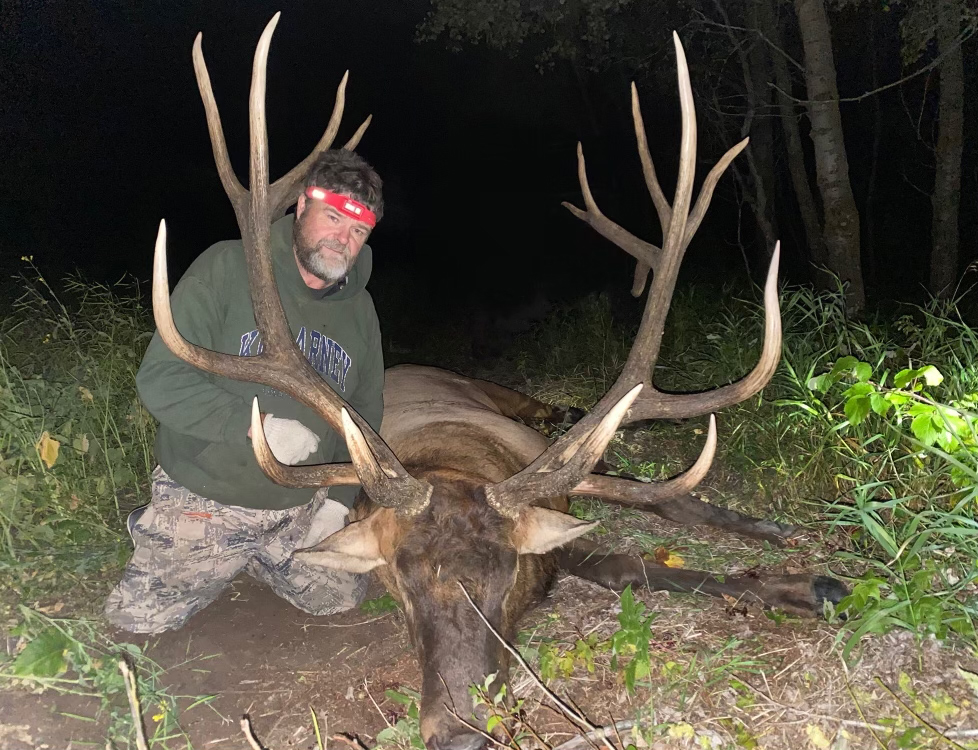
Scoring the New World-Record Elk
A neighbor heard about O’Shea’s big bull, and thinking that he had sheds from a previous year, asked to come look at the trophy. He brought along an official Boone and Crockett Club scorer, and his rough score confirmed the dimensions that the O’Shea boys had only whispered: a score well north of 420.
“After we got some preliminary scores, we kept debating about whether to have it officially scored or not,” says Shawn O’Shea. “We wanted to know, but I’m not much for attention. It’s not my thing, put it that way.”
But he felt he owed the big bull some notoriety and allowed the preliminary score to be submitted to Pope and Young, whose representatives responded that a bull of that caliber should be panel scored, one of the prerequisites for award designations.
“They wanted me to ship the head to Minnesota,” where the Pope and Young Club is headquartered. “With COVID going on, I couldn’t just take it, so I looked at shipping. It was expensive, maybe $4,000 or $5,000 including the crate. But what really caught me was when the insurance people asked me what I valued it at. That’s where it hit me. Monetarily, I don’t know what it’s worth, but to me, it’s unreplaceable. I was like, forget it. That thing’s not going anywhere.”
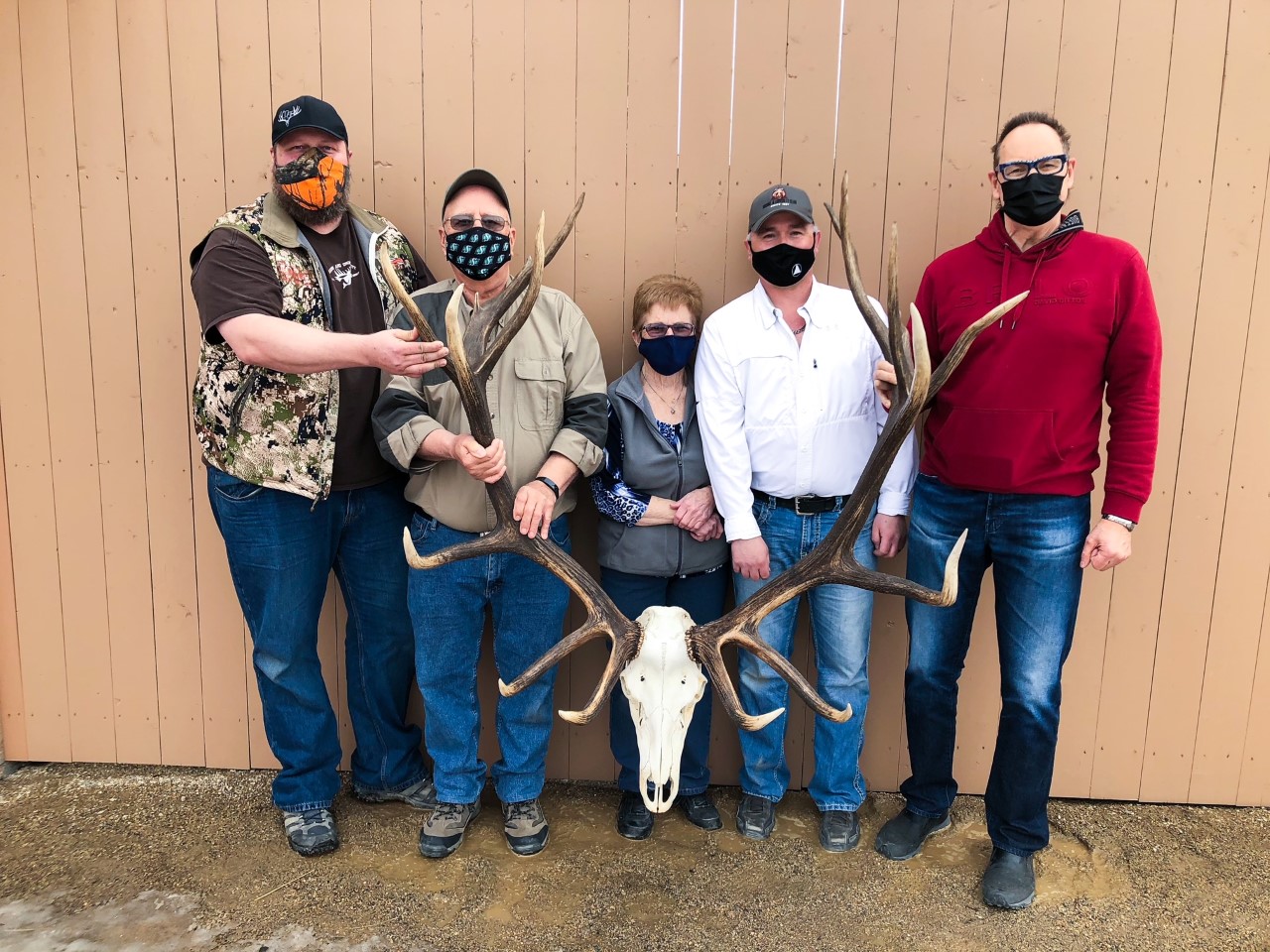
But Pope and Young officials said they could convene a scoring panel in Regina, Saskatchewan, and O’Shea drove the head to his neighboring province, where scorers arrived at the official dimensions: 449 4/8 inches.
That score eclipses the standing non-typical bowkilledworld-record elk, a 442-inch monster taken in 2003 by Nick Franklin in Coconino County, Arizona. And it surpasses the 430-inch typical world record taken in 2016 by Steve Felix in southeastern Montana.
In fact, O’Shea’s bull has more inches of antler than any other North American game animal taken by archery equipment. Only a handful of mountain caribou, taken by rifle hunters, have a greater amount of antler and a higher score than the Alberta non-typical elk.
Was it luck, or was O’Shea’s success the product of time and effort?
“I’ll allow that there was a little bit of luck involved,” says Shamrock. “A lot. But I’ll tell you what. We ground hard for him. Me and my boys were out there every day and every night for 14 days of the season. I’ll generally hunt every day of bow season, every day of September. And I’m out in the bush trapping coyotes in the winter and doing nuisance beaver trapping for the county. So I’m out there every day. Every single day.”

